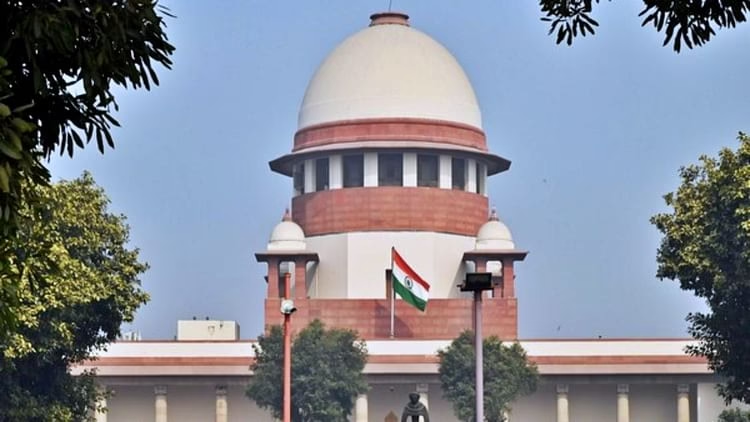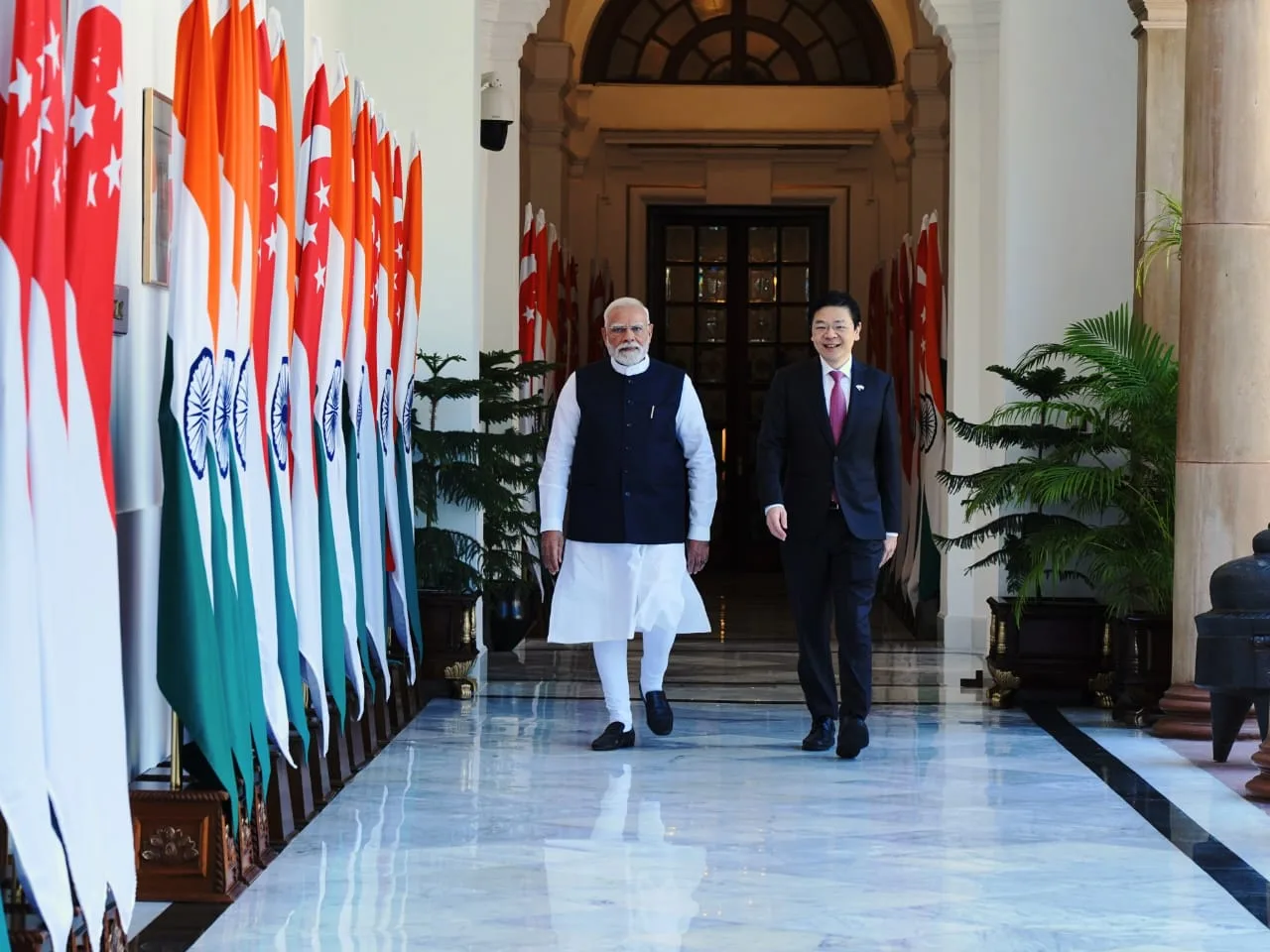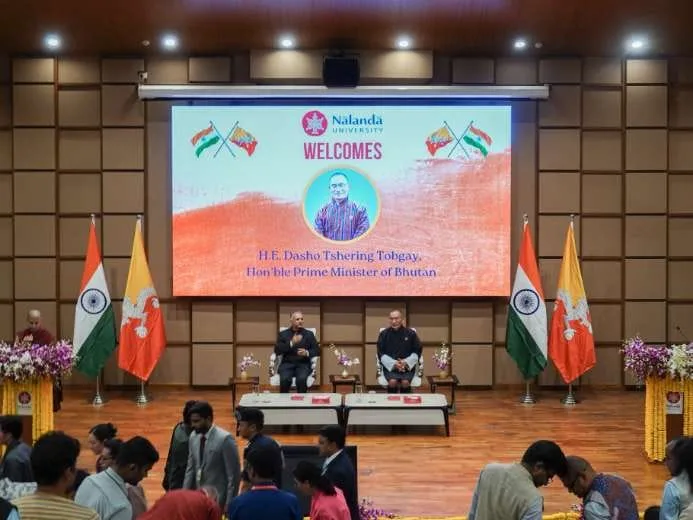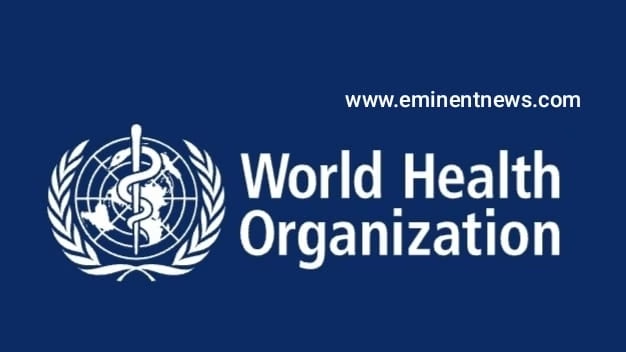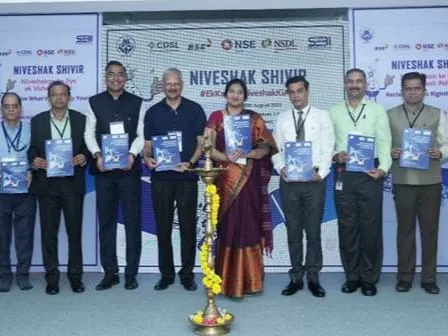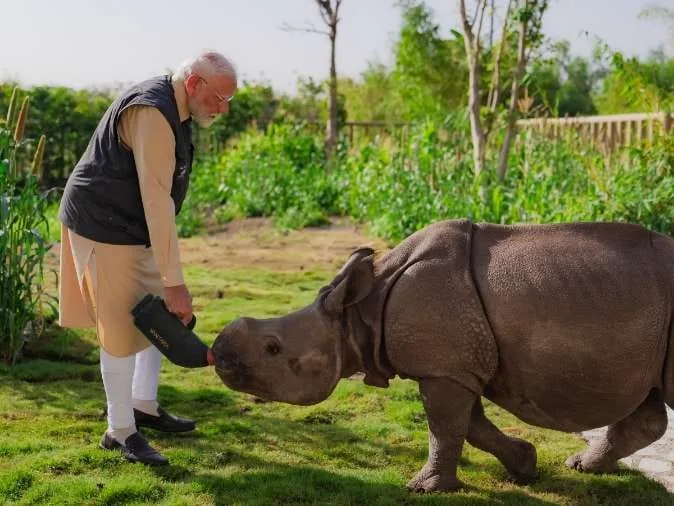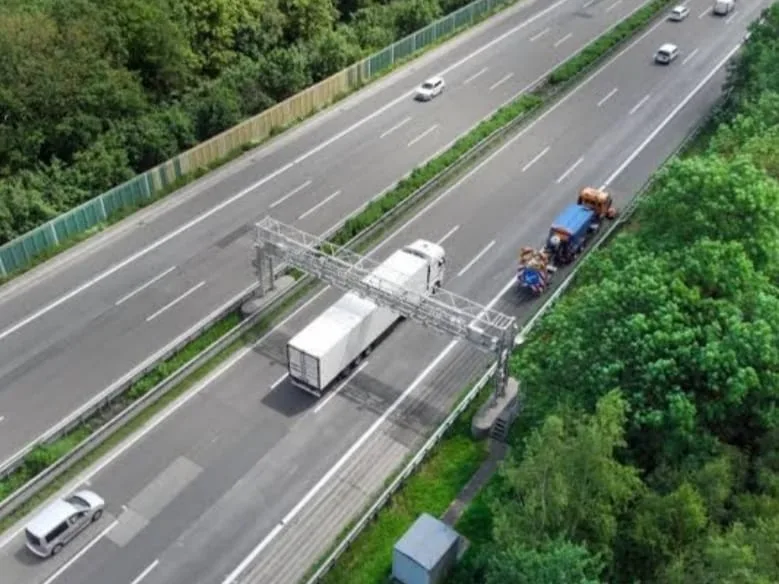Tuberculosis (TB) remains a significant public health challenge in India, despite ongoing efforts to combat the disease .
Key Aspects of Tuberculosis in India:
- High TB Burden: India accounts for a substantial portion of the global TB burden .
- Elimination Target: India aims to eliminate TB by 2025, ahead of the World Health Organization’s (WHO) global target .
- National TB Elimination Programme (NTEP): The Health Ministry implements the NTEP nationwide for early detection, effective treatment, and prevention of TB spread . The “TB Free India Campaign” was launched in 2018 to support this goal .
- Progress and Challenges: While there has been a reduction in TB incidence and mortality rates, achieving the 2025 elimination target remains challenging .
- Case Notification: India reported a high number of notified TB cases in 2023 and 2024, with 25.5 lakh and 26.07 lakh cases, respectively . In the first 81 days of 2025, 5,77,712 TB cases were reported via the Ni-kshay portal .
- Regional Distribution: Uttar Pradesh has the highest number of reported cases, followed by Madhya Pradesh, Maharashtra, and Bihar .
- Decline in Incidence and Mortality: The incidence rate decreased from 237 per lakh in 2015 to 195 per lakh in 2023, a 17.7% reduction . TB deaths decreased by 21.4% during the same period .
- Missing Cases: The number of missing TB cases has decreased from 15 lakh to 2.5 lakh between 2015 and 2023 .
- Drug-Resistant TB: India, along with Russia and China, accounts for 62% of multidrug-resistant TB (MDR-TB) cases worldwide .
- AI-Powered Diagnostics: The Institute of Plasma Research and the Indian Council of Medical Research (ICMR) have partnered to develop DeepCXR, an AI-powered tool for analyzing chest X-rays to detect suspected TB cases .
- Treatment Regimens: A shorter, safer oral Bedaquiline-containing drug-resistant TB treatment regimen has been rolled out across all states and union territories, improving treatment success rates .
- 100-Day Campaign: The ‘TB Mukt Bharat, 100 Days Intensified Campaign’ aims to mobilize resources, increase awareness, and step up efforts in high-priority areas .
- Genome Sequencing: Indian researchers have completed genome sequencing of 10,000 Mycobacterium tuberculosis isolates to enhance TB diagnosis and treatment . This data enables faster and more precise detection of drug-resistant TB strains and personalized treatment .
- Factors Contributing to High Numbers: Low immunity levels, stigma, and multi-drug resistance contribute to the high TB numbers in India .
- Challenges in Equitable Care: Limitations in integrating TB services into the broader healthcare system and the high percentage of patients opting for private care contribute to diagnostic delays and increased costs .
current statistics on tuberculosis in India :
Here are the current statistics on tuberculosis (TB) in India :
- TB Cases in Early 2025: India reported 5,77,712 TB cases within the first 81 days of 2025, according to the Ni-Kshay portal .
- Most Affected States: Uttar Pradesh leads with 1,58,756 cases, followed by Maharashtra (50,954), Bihar (45,530), and Madhya Pradesh (37,011) .
- TB Cases in 2023 and 2024: India reported 25.5 lakh TB cases in 2023 and 26.07 lakh cases in 2024 .
- Decline in Incidence: The TB incidence rate has decreased by 17.7%, from 237 per lakh population in 2015 to 195 per lakh population in 2023 .
- Reduction in Mortality: TB deaths have also reduced by 21.4% during the same period .
- Missing TB Cases: The number of missing TB cases has dropped from 15 lakh in 2015 to 2.5 lakh in 2023 .
- Global Contribution: India accounts for 26% of global TB cases .
- Multi-Drug Resistant TB (MDR-TB): India has a high number of MDR-TB cases, accounting for approximately 27% of global MDR/RR-TB cases in 2023 .
How Indian government addressing drug-resistant TB ?
The Indian government is actively addressing drug-resistant TB (DR-TB) through various strategic measures :
- National Strategic Plan: The National Strategic Plan for Tuberculosis (2017–25) includes strategies for managing DR-TB, with the goal of eliminating TB by 2025 .
- Shorter Treatment Regimens: A shorter, safer, and completely oral Bedaquiline-containing drug-resistant TB treatment regimen has been introduced across all states and union territories . This has improved treatment success rates for DR-TB patients from 68% in 2020 to 75% in 2022 .
- Revised National TB Elimination Programme (NTEP) Guidelines: The NTEP provides updated guidelines for the programmatic management of drug-resistant TB in India . These guidelines aim to complement existing technical and operational guidelines .
- Genome Sequencing: Indian researchers have completed genome sequencing of 10,000 Mycobacterium tuberculosis isolates . This allows for faster and more precise detection of drug-resistant TB strains, enabling personalized treatment approaches .
- Nikshay Portal: The Nikshay portal is used to monitor and manage TB cases, including drug-resistant cases, ensuring better follow-up and support for patients .
- Universal Drug Susceptibility Testing: Efforts are being made to provide universal drug susceptibility testing for all drugs to meet End TB targets . The aim is to provide the same diagnostic standard of care for all TB patients, regardless of where they reside .
- BPaLM Regimen: India is launching new, short, and effective regimens like BPaLM (Bedaquiline, Pretomanid, Linezolid, and Moxifloxacin) for drug-resistant TB . The focus is on ensuring correct diagnosis and treatment from the start .
- Conditional cash transfers: Nutritional support through conditional cash transfers is being provided to TB patients to ensure better treatment outcomes .
- Community Engagement: Engaging communities to create awareness of TB and its treatment options is also critical .
Drug Resistance issue :
India faces several challenges in tackling drug-resistant TB :
- High MDR-TB Burden: India, along with Russia and China, accounts for a significant proportion of multidrug-resistant TB (MDR-TB) cases worldwide .
- Access to Diagnostics: Ensuring universal access to rapid and accurate diagnostic tests for drug-resistant TB strains remains a challenge .
- Treatment Adherence: Longer treatment durations and potential side effects can lead to poor adherence to treatment regimens .
- Integration of TB Services: Limitations in integrating TB services into the broader healthcare system, coupled with a significant number of patients seeking private care, result in diagnostic delays and increased costs .
- Socio-economic Factors: Socio-economic factors such as poverty, malnutrition, and poor living conditions increase vulnerability to TB and drug resistance .
- Co-morbidities: Co-infection with HIV and other health conditions can complicate TB treatment and contribute to drug resistance .
- Drug Supply Chain Management: Ensuring a consistent and reliable supply of anti-TB drugs is crucial, and any disruptions can lead to treatment interruptions and the development of resistance .
- Contact Tracing: Effective contact tracing and management are essential to prevent the spread of drug-resistant TB strains .
- Inadequate Human Resources: Shortages of trained healthcare workers at the district level slow down the diagnosis and treatment process .
- Cost and Accessibility: The cost of molecular tests and delays in obtaining lab results make it difficult for patients to receive timely treatment .
- Stigma: Stigma associated with TB continues to be a barrier to seeking care and adhering to treatment .
- Integration with Private Sector: Engaging the private sector is important, but ensuring adherence to national standards in diagnosis and treatment poses a challenge .



